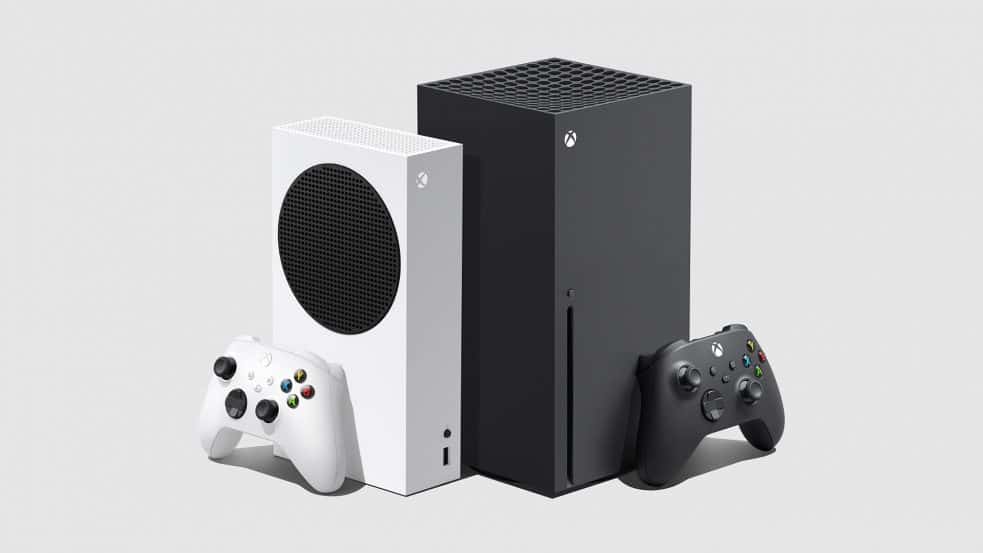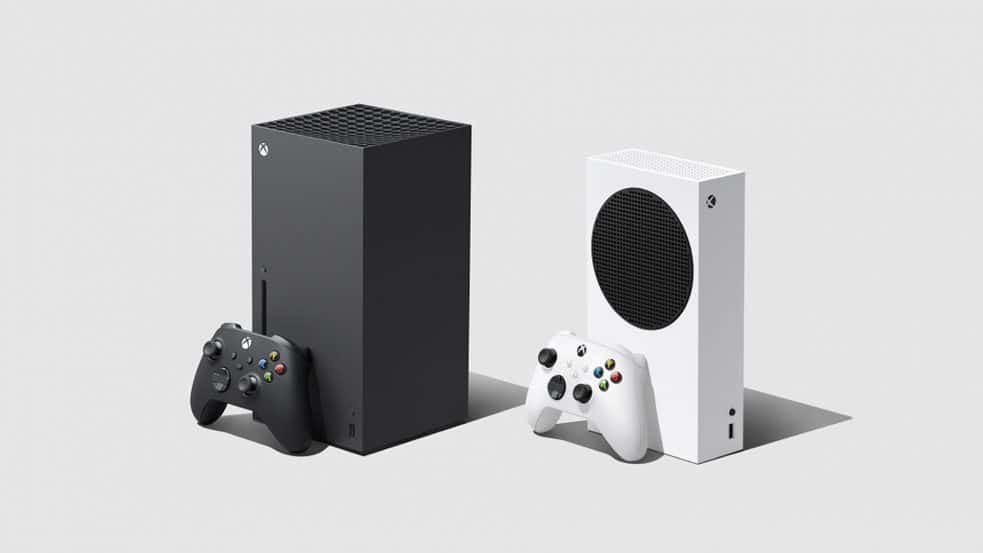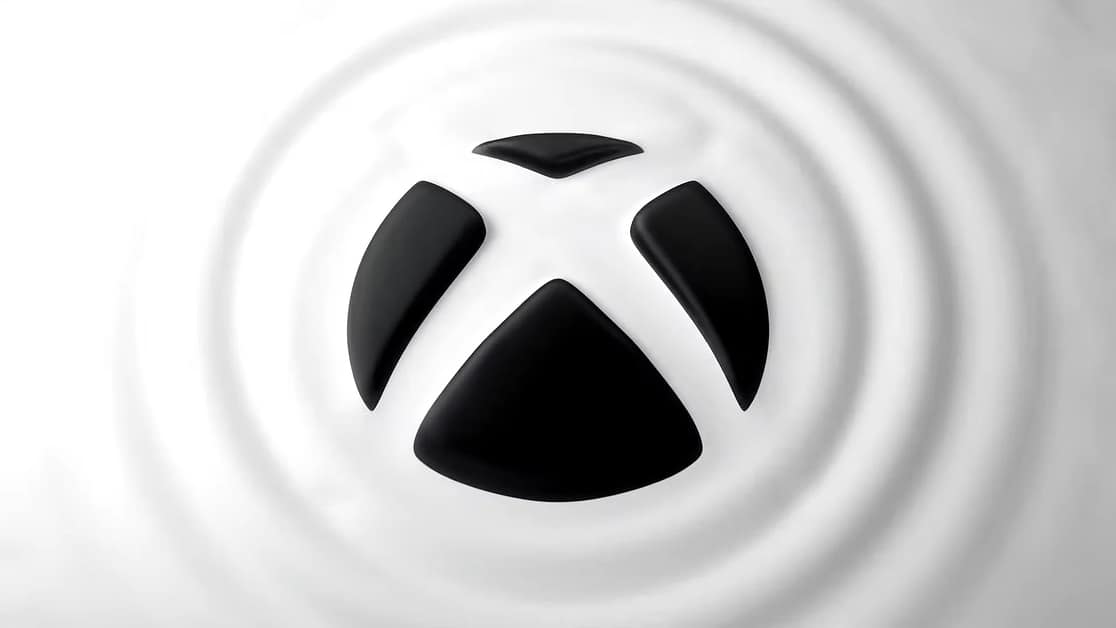Microsoft will be releasing not one but two next-generation consoles this holiday season. Xbox Series X (previously Project Scarlett) is the flagship and as such, the most powerful next-generation console in the world as far as Microsoft is concerned. Xbox Series S (previously Project Lockhart) makes a few sacrifices on the other hand for a trimmed but still striking alternative.
Both next-generation consoles are being launched for different audiences and hence, it would be wise to know how they stack against each other before purchase. The following comparison attempts to give readers a fair idea on whether to purchase an Xbox Series X or Xbox Series S when the time comes.
Design
Xbox Series X and Xbox Series S feature entirely different designs. The former resembles a looming monolith with a large ventilation system on top. The latter though, appearing similar to Xbox One S and nearly 60 percent smaller than Xbox Series X, comes with a ventilation system the size of a disc on the side.
Something to note is that Xbox Series X has been best designed to stand vertically. That being said, both next-generation consoles can be placed horizontally as well. Both will launch in black and white variants respectively, but Microsoft should announce more color variants in the future.

Specifications
Microsoft has been touting Xbox Series X as the most powerful next-generation console in the world for a reason. The high-end model houses beastly hardware specifications, and is claimed to be four times more powerful than Xbox One X. The amazing feat of Microsoft being that similar comparisons can be drawn for Xbox Series S as well but to a certain degree.
Xbox Series X and Xbox Series S share the same processing chip, a custom AMD Zen 2 eight-core processor clocked at 3.8GHz per core. The flagship model takes a large leap in terms of graphics by featuring a custom AMD RDNA 2 graphics card clocked at 1.82GHz with nearly 12 teraflops of computing strength. Xbox Series S falters in comparison with a toned-down custom AMD RDNA 2 graphics card clocked at 1.55GHz instead with nearly 4 teraflops of computing strength.
Xbox Series X features 16GB memory of which nearly 2.5GB memory is allocated to the operating system or system software, leaving games and other applications with 13.5GB memory to draw from. Xbox Series S cuts down that total memory to just 10GB with presumably the same allocations.
For storage purposes, Xbox Series X and Xbox Series S pack a custom 1TB and 512GB NVMe solid-state drive respectively. Both next-generation consoles support expandable storage for up to 1TB of additional hard drive space.
The one hardware specification that differentiates both next-generation consoles is that Xbox Series S is all-digital. Hence, only Xbox Series X includes a 4K UHD Blu-ray drive. Physical mediums have been dying in popularity as of late and as more players seek digital purchases, Microsoft believes that a disc-less next-generation console will fit perfectly with millions of digital-only players out there.
| Xbox Series X | Xbox Series S | |
| CPU | AMD Zen 2 CPU – 8x Cores @3.8GHz (3.6GHz w/SMT Enabled) | AMD Zen 2 CPU – 8x Cores @3.6GHz (3.4GHz w/SMT Enabled) |
| GPU | AMD RDNA 2 GPU – 52 CUs @1.825GHz | AMD RDNA 2 GPU – 20 CUs @1.565GHz |
| GPU Power | 12.15 TFLOPS | 4 TFLOPS |
| System on a Chip (SoC) | Custom 7nm Enhanced SoC | Custom 7nm Enhanced SoC |
| Memory | 16GB GDDR6 RAM – 10GB@560GB/s, 6GB@336GB/s | 10GB GDDR6 RAM – 8GB@224GB/s, 2GB@56GB/s |
| Internal Storage | 1TB NVME SSD – 2.4GB/s Uncompressed, 4.8GB/s Compressed | 512GB NVME SSD – 2.4GB/s Uncompressed, 4.8GB/s Compressed |
| Expandable Storage | 1TB Expansion Card | 1TB Expansion Card |
| External Storage | USB 3.2 External HDD Support | USB 3.2 External HDD Support |
| Optical Drive | 4K UHD Blu-Ray Drive | Digital Only |
| Display Out | HDMI 2.1 | HDMI 2.1 |
| Performance Target | 4K@60FPS, Up To 120FPS | 1440p@60FPS, Up To 120FPS |

Performance and Graphics
While performance is normally based on the games themselves, Xbox Series X targets 60 frames per second (and up to 120 frames per second) at 4K resolution. Xbox Series S settles for exactly the same frame-rates but at 1440p.
Microsoft has confirmed ray-tracing support for realistic real-time lighting effects in both next-generation consoles but it becomes evident that the numbers are more like guidelines. Xbox Series X, for example, might make do with 60 frames per second at 4K while Xbox Series S does 120 frames per second at 1440p for the same game. The frame-rates depend upon resolutions and how hardware-intensive a particular game has been designed to run.
How it appears right now is that most triple-a developers will be giving players the option to choose from either a graphical (low frame-rate, high resolution) or performance mode (high frame-rate, low resolution).
Furthermore, the custom solid-state drives ensure that loading times are faster than ever for next-generation games, which directly impacts even older games that run through backwards compatibility.

Price and Release
Xbox Series X officially launches at $500 in the United States on November 10, 2020. Xbox Series S is scheduled to officially launch alongside on the same date but at $300. Microsoft starts taking pre-orders for both next-generation consoles from September 22 onwards. Microsoft has not announced any game-specific bundles, which may or may not appear near launch.
Importantly though, Microsoft has updated Xbox All Access, a payment model through which an Xbox console can be purchased for monthly installments but without any upfront cost. Those interested in Xbox All Access can purchase Xbox Series X and Xbox Series S for $25 and $35 per month respectively based on a two-year payment contract that includes Xbox Games Pass Ultimate as well.
